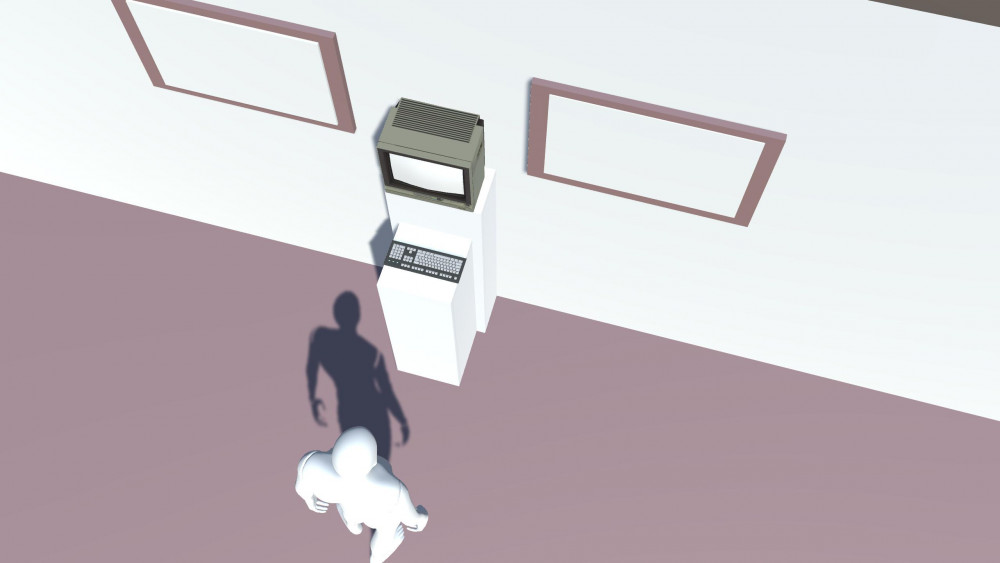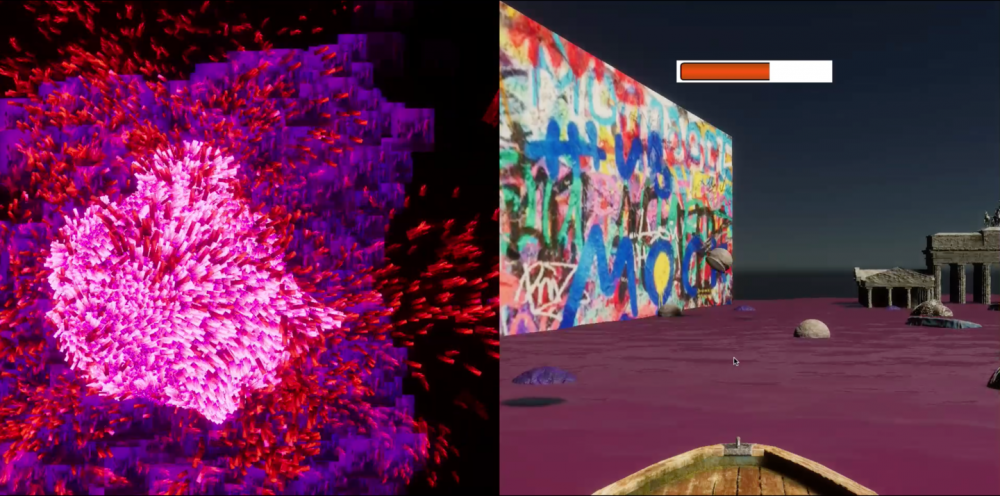Ahmed Isamaldin Mohamed Ahmed
Ahmed Isamaldin is a multi-disciplinary artist and researcher from Khartoum, Sudan. He holds a degree in physics from the University of Khartoum and has studied graphic design, photography in Cairo, and visual communication at Weißensee Kunsthochschule Berlin. His work centers on themes of immigration, psychology, revolutionary processes, decolonial design, and technology. He has exhibited his work in multiple cities, including Khartoum, Cairo, and Berlin, and has also participated in various seminars and festivals. He is currently pursuing further studies in new media at UDK (University of Arts Berlin).
Ahmed Isamaldin Mohamed Ahmed — Legacy Of Exile
Legacy — Winter 2021
The concept of exile has been present throughout history and remains a relevant issue in the modern world. In the digital age, where fast communication and data streaming have enabled people to live in multiple realities simultaneously, the experience of exile takes on new dimensions. The "Legacy of Exile" project explores this state of mind and how it affects people's materiality and psyche.
The project draws from Edward Said's essay "Reflection on Exile," which conceptualizes exile as a state of "productive despair." Said argues that exile creates an unbridgeable rift between an individual and their native place, leading to an essential sadness that can never be fully overcome. While literature and history may contain heroic and triumphant episodes in an exiled individual's life, these are ultimately attempts to overcome the crippling sorrow of estrangement.
In the digital age, our daily experiences are shaped by multiple faraway geographies, leading to a new definition of time. We interact with these realities productively through new technological means that allow us to be present in them. The Legacy of Exile project seeks to understand how this experience affects individuals and how it differs from the traditional experience of exile.
To simulate this experience, the project presents three games with different architectures. Players interact with the games using one input system (controller) and attempt to challenge three sets of rules simultaneously. As they play, they leave behind traces that reflect their decisions and priorities. These unique traces reveal which game the player prioritizes and how they interact with it.




